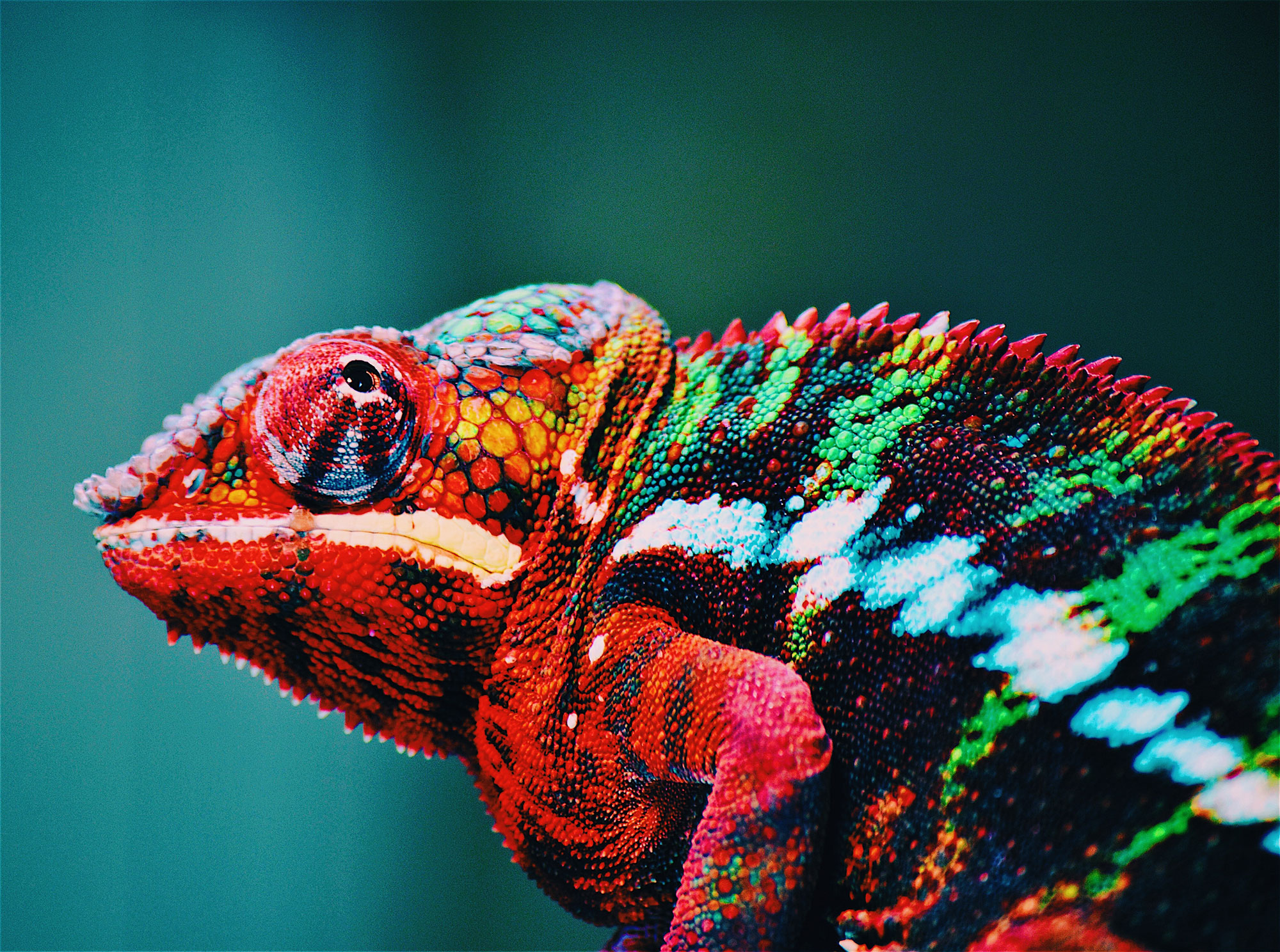Amazing Facts – Unique Visual Abilities in the Animal Kingdom

Amazing Facts: Unique Visual Abilities in the Animal Kingdom
Every species is unique, with different abilities for survival in the outdoor environment. As humans, we aren’t facing the life-or-death circumstances that other animals need to deal with each day. Even though we have challenges and difficulties, our vision isn’t as critical to escape from a predator or scavenge for food.
Learning about the visual abilities of different animals is fascinating. Here are a few interesting facts that might spark more curiosity about the animal kingdom:
Mantis Shrimp
When you are looking for an animal with complex eyesight, the mantis shrimp should be at the top of the list. Human eyes are built with three color receptors. In comparison, a mantis shrimp has 12 color receptors to use. Not only can the shrimp detect color, but it can also see polarized and ultraviolet light. Each eye can move up to 70 degrees to provide a large range of vision.
Gecko
If you have visited a tropical location, then you have probably seen geckos running up and down the buildings and walls. These animals have vertical pupils that are designed to bring in as much light as possible at night. So, they have clear vision in the darkest environments. One interesting fact is that a gecko doesn’t have eyelids. The gecko uses the tongue to clean the eyes. Also, the eye patterns are designed with camouflage colors.
Tarsier
Have you heard of a tarsier? This small animal is classified as a primate and it has large eyes. The body is similar to the size of a squirrel. But, the eyes are quite large in proportion to the body size. In fact, each eyeball is close to the size of the animal’s brain. Imagine how big your eyes would be if they were the size of your brain! A tarsier doesn’t have eyeballs that rotate in the sockets. Instead, their necks move up to 180 degrees to give them a full range of vision.
Chameleon
The chameleon is known for its ability to blend in with the environment. But, did you know that a chameleon has a 360-degree field of vision? The eyes can move independently, giving the animal the ability to see threats in all directions. This reptile has fused eyelids, which cover the entire eyeball except for the pupil. This eyelid design is protective and gives each eye a wide range of motion.
Taking Care of Your Eyes
Even though you don’t have 12 color receptors like a mantis shrimp or a 360-degree field of vision like a chameleon, your eyes are a complex system that is an important part of your life. It is important that you are proactive to care for your eyes and avoid serious diseases.
Regular appointments with an optometrist will ensure that you are keeping up with the care that is needed for your vision. An eye exam is designed to offer personalized recommendations, based on your unique health considerations. For more information, schedule an appointment with our team at Village Eyecare. We provide four convenient optometry offices in the Chicago area, making it easy to take care of your vision.







